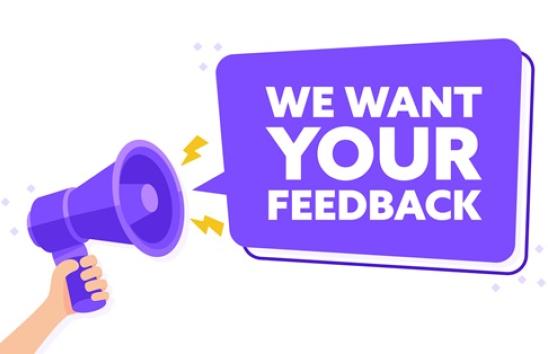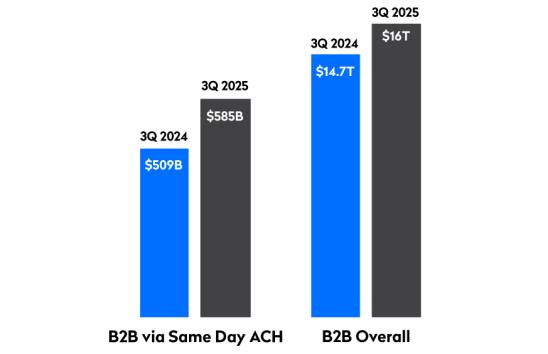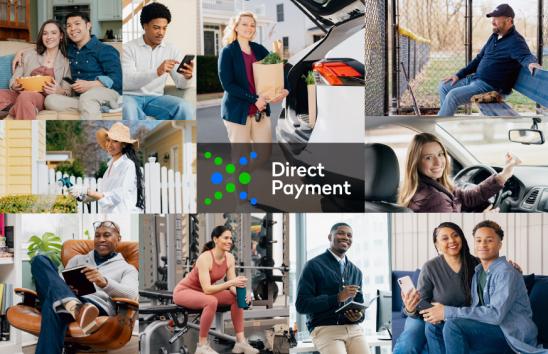Moving Small Business from Checks to ACH Proves an Uphill Climb

(L-R) Nacha’s Brad Smith moderated the panel with Peter Davey, Avery Miller and Peter Tapling.
NEW ORLEANS—A mom-and-pop restaurant is way different from a neighborhood lawn care company, which has little in common with the one-person consulting firm. Yet as Peter Tapling notes, “We tend to paint small business with a broad brush,” no matter how much they vary in what they sell and who they sell it to.
“But one thing that’s common across all of them is I don’t think any of them wake up in the morning and decide ‘I’m going to buy an ACH payment [service].’ They want services that make their life easier in some way. And if in making my life easier in how I’m running my business you’re also providing a payment, yay,” said Tapling, Managing Director of PTap Advisory, LLC.
Getting businesses—particularly smaller ones—to abandon checks and move to ACH was a key topic during the April 28 “Innovating with ACH: Next-Generation Solutions for Businesses” session at Smarter Faster Payments 2025.
It’s often an uphill climb, as Avery Miller, Vice President, Head of Global Loyalty Value-Add Solutions, at Visa, noted.
“Honestly, paying with a check … is easy. And it’s not necessarily easy all the time to make that same payment with an ACH transaction,” said Miller.
One reason is that small businesses often use phone- or tablet-based apps, and another is that most small business owners aren’t payments experts. Put those together and Peter A. Davey, Principal Advisor, PaymentsJedi Advisory, said it explains a lot.
“We would know how to work with our banks” to make ACH an option, Davey told the room full of payments professionals. “Most small business owners have no clue how to access that. So, it is going to be what’s available in the app.” And, Davey added, most of those owners, himself included, “spend zero time thinking about how I’m going to make my payments more efficient.”
What’s the solution? Panelists agreed that in large part it comes down to one word: ease. To that end, Tapling had a message for banks.
“It is about allocating risk,” said Tapling. “And by saying, ‘We’re going to make it really hard for our customers to do ACH,’ you’re pushing them to either write a check or intentionally go somewhere else with their money in order to do that digital payment.”







